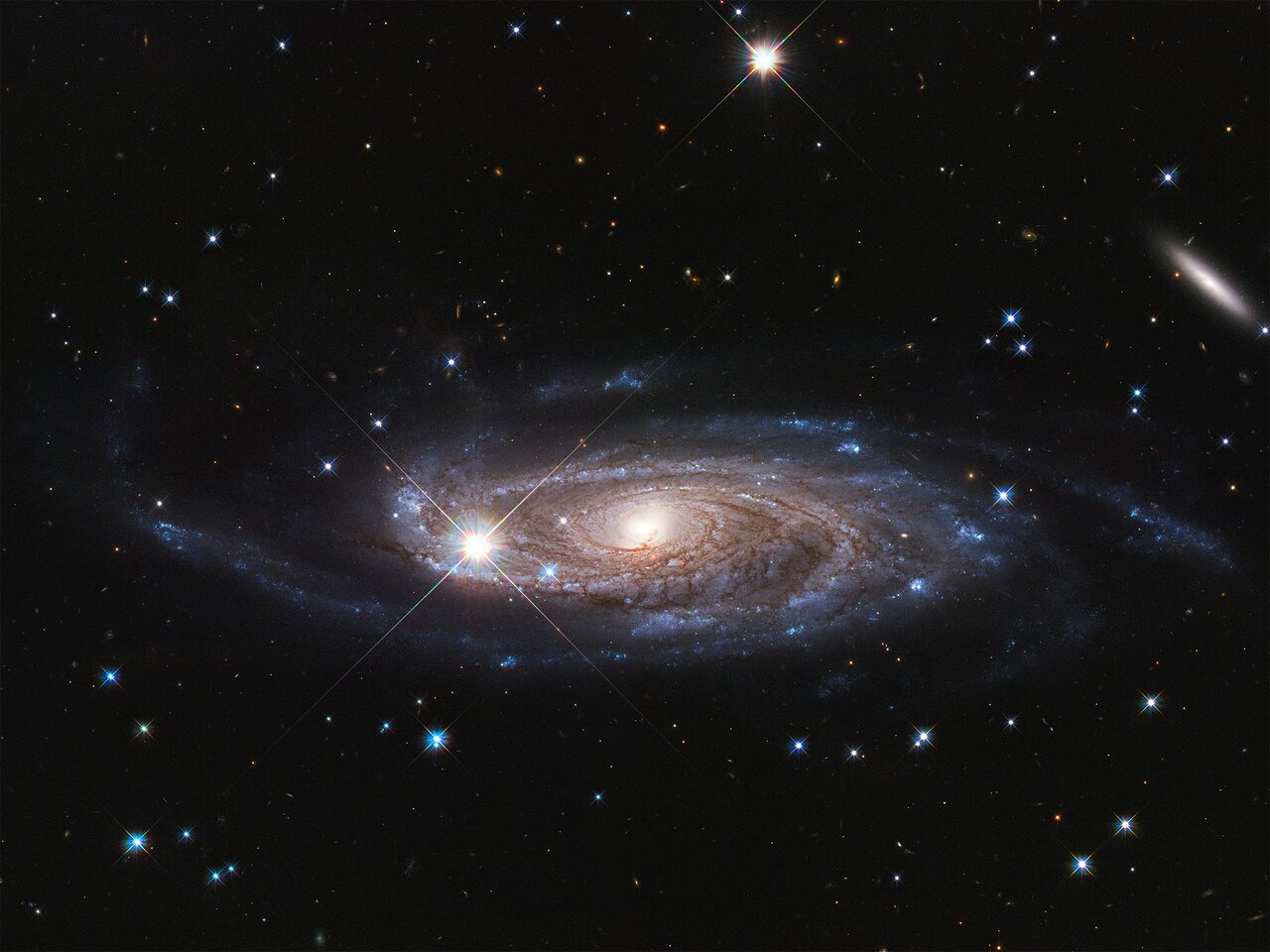
The Hubble Space Telescope has imaged this “gentle giant” — galaxy UGC 2885, which is 2.5 times wider than the Milky Way and has 10 times as many stars as our home galaxy. Despite its massive size, the galaxy is relatively docile, with a modest rate of new stars being born and only a small amount of hydrogen being absorbed by its supermassive black hole.
The galaxy’s massive size is a puzzle, especially because it seems to grow so slowly. “How it got so big is something we don’t quite know yet,” Benne Holwerda of the University of Louisville, Kentucky, who observed the galaxy with Hubble, said in a statement. “It’s as big as you can make a disk galaxy without hitting anything else in space. It seems like it’s been puttering along, slowly growing.”
The galaxy is nicknamed Rubin’s Galaxy, after pioneering astronomer Vera Rubin who was born in 1928 and passed away in 2016. Her work on galaxy rotation rates was some of the earliest evidence of dark matter, although it took decades for the full impact of her research to be understood and appreciated. In the 1980s, Rubin observed this giant galaxy as part of her research into galactic rotation, hence why it was named in her honor by Holwerda.
“My research was in large part inspired by Vera Rubin’s work in 1980 on the size of this galaxy,” Holwerda said. “We consider this a commemorative image. The goal of citing Dr. Rubin in our observation was very much part of our original Hubble proposal.”
Rubin is being honored in other ways as well as by having her name attached to this mammoth galaxy. A facility for investigating dark mater, previously called the Large Synoptic Survey Telescope (LSST), has recently been renamed the Vera C. Rubin Observatory in her memory.
She was also notable for her work advocating for women in science throughout her life, challenging the sexism of scientific institutions in the 1960s and paving the way for more women to become involved in astronomy.



